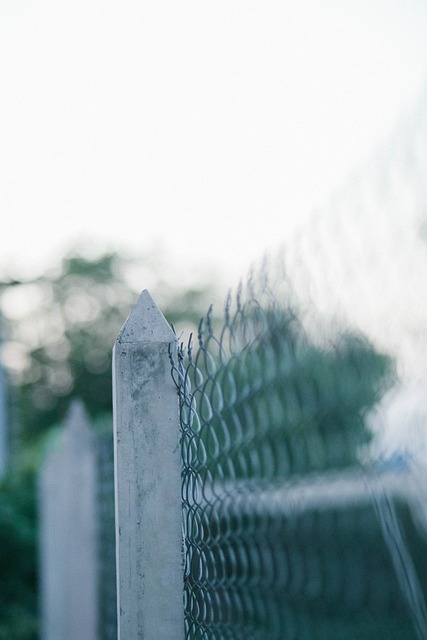Large properties present unique challenges when it comes to fencing, demanding both durability and cost-efficiency. This article explores cost-effective fencing solutions tailored for expansive landscapes. We delve into the advantages of eco-friendly materials, offering not only sustainability but also long-lasting performance. By providing practical installation tips specifically for large areas, we empower homeowners to make informed choices. Furthermore, we discuss strategies for maximizing savings and minimizing maintenance over time, ensuring your fence remains a valuable investment.
- Understanding Cost-Effective Fencing Options
- Benefits of Eco-Friendly Materials
- Installation Tips for Large Properties
- Long-Term Savings and Maintenance Strategies
Understanding Cost-Effective Fencing Options
When considering fencing for large properties, cost-effectiveness is a top priority for many homeowners. It’s important to understand that there are numerous options available that offer both quality and affordability. A key factor in keeping costs down is choosing suitable materials; wood, vinyl, and metal are popular choices due to their accessibility and varying price points. Each material has its advantages: wood adds natural charm but requires more maintenance, vinyl offers durability and low-maintenance benefits, while metal fences provide longevity and a modern aesthetic.
Additionally, various fencing styles can be adapted to suit different budgets. For instance, a simple post-and-rail fence is less expensive than intricate designs or custom builds. Pre-fabricated panels are another cost-saver, offering quick installation and reduced labor costs. Furthermore, DIY fencing kits allow property owners to install fences at a fraction of the price of professional services.
Benefits of Eco-Friendly Materials
Using eco-friendly materials for fencing offers numerous advantages for large property owners. Firstly, these materials are typically made from sustainable resources like bamboo, recycled plastic, or organic fibers, reducing environmental impact and contributing to a greener planet. They often have a lower carbon footprint compared to traditional options, making them an attractive choice for environmentally conscious individuals.
Moreover, eco-friendly fencing is durable and long-lasting. Many of these materials are designed to withstand harsh weather conditions and resist rot, ensuring your fence remains strong and functional for years. This reduces the need for frequent replacements, saving property owners money in the long run. Additionally, some eco-friendly options have built-in insect resistance, further enhancing their longevity.
Installation Tips for Large Properties
When installing fences on large properties, planning and preparation are key to a successful and cost-effective outcome. Begin by assessing the entire perimeter and identifying any unique challenges or contours that may require tailored solutions. Create a detailed map or layout, marking out where each fence section will go and how it connects. This step ensures a seamless fit and avoids unexpected issues during installation.
Engage a team with experience in large-scale fencing projects to handle the construction. Clear and communicate your vision, including any specific design elements or materials you prefer. Ensure they understand the importance of aligning the fence with property lines and local regulations, especially regarding height restrictions and visibility. Regular communication and on-site supervision will help address any issues promptly, keeping the project on track and within budget.
Long-Term Savings and Maintenance Strategies
When considering fencing solutions for large properties, long-term savings should be at the forefront of your decision. While initial installation costs may vary between materials and styles, durable options like vinyl or chain link fences offer significant returns over time. These materials require minimal upkeep compared to wooden fences that demand regular painting, sealing, and repairs due to rot and pest damage.
Maintenance strategies for cost-effective fencing also extend to preventing unnecessary replacements. Regular cleaning, inspection, and minor repairs can lengthen the lifespan of your fence. For instance, removing debris, treating rust spots promptly, and tightening loose posts or panels can keep your fence in top condition without incurring high maintenance costs typical of more ornate or wooden designs.
